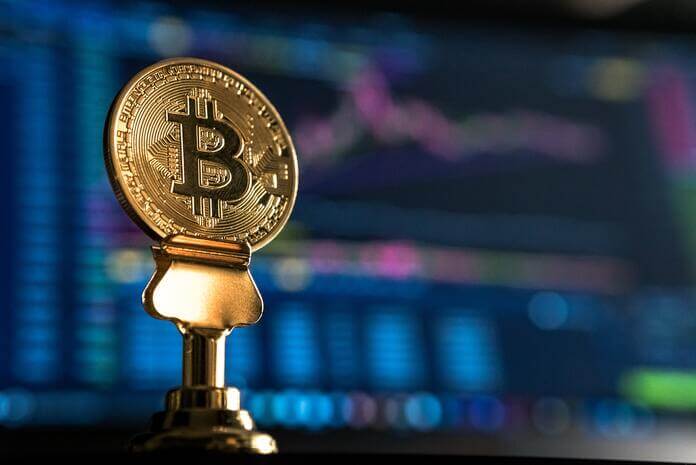Bitcoin Stock (BTC:USD)
Bitcoin stock (BTC:USD)–0.76% has become boring, an uncharacteristic shift for an asset that was once a byword for volatility. At least, that is how it seems, with prices for the largest cryptocurrency mostly flitting between $19,000 and $20,000 since early September.
Analysts are divided on what happens next. The relative calm can be viewed as either bullish or bearish.
Either the current stability represents the bottom of a brutal bear market, or it is a chance for traders to reposition before the next eye-watering move. Bitcoin’s correlation with stocks, which has emerged as high inflation and rising interest rates slam markets, is likely to play a role no matter what.
Why has Bitcoin stock stopped moving significantly? Crypto traders have grown accustomed to daily percentage swings in the double digits, but while last month marked the worst September for the S&P 500SPX +1.17% since 2002, digital assets barely budged.
The answer may lie in crypto derivatives, according to one analyst. A vast market for derivatives like futures, options, and swaps on Bitcoin and other tokens is intertwined with that for digital assets themselves. Derivatives represent about two-thirds of all crypto trading volumes.
“Bitcoin’s solid movement around $19,000 and its failures to maintain the level above $20,000 for the past couple of weeks is probably something to do with its option market,” said Yuya Hasegawa, an analyst at crypto exchange Bitbank.
The Bitcoin options market allows traders to buy contracts that represent the right to buy or sell Bitcoin at a future price—either a bullish “call” option or a bearish “put.” An option can be exercised if the underlying asset, in this case Bitcoin, hits a certain price called the “strike” within an agreed-upon period.
Money flowing into these derivatives has been taking off. Open interest, or the amount of active positions, in Bitcoin options has risen to $5.9 billion as of Monday from less than $4.8 billion at the beginning of October, according to data firm Coinglass.
Coinglass data detailing open interest by strike price in contracts expiring from Tuesday to the beginning of December reveals a concentration of put options at or below $19,000, and call options at or above $20,000. There is some variation—a wave of $23,000 call options expires Nov. 4, two days after the Federal Reserve’s next decision on interest rates—but the pattern largely holds.
“The $19,000 strike and $20,000 strike have accumulated a large volume of open interests,” said Hasegawa. “Options traders who opened positions at those levels may have been contributing to Bitcoin’s lack of direction.”
Here’s How Hasegawa Says It Works.
When prices fall below $19,000, traders who hold put options at that strike price can profit immediately. But they also are likely to want to be in position for gains if prices go back to the $19,000 to $20,000 range, as they repeatedly have. That means they buy additional coins, pushing Bitcoin prices up again.
On the flip side, when Bitcoin goes above $20,000, traders who hold call options at that strike price profit. However, they too are likely to seek further profit if Bitcoin returns to the familiar range of $19,000 to $20,000. Mirroring the put option strategy, they are likely to short Bitcoin above $20,000, betting against the currency by selling borrowed coins, which sends the price lower again.
In effect, Bitcoin’s recent tendency to trade between $19,000 and $20,000 is encouraging traders to bet that trend will continue. It’s a self-fulfilling prophecy, for now.
Featured Image- Unsplash @ André François McKenzie















